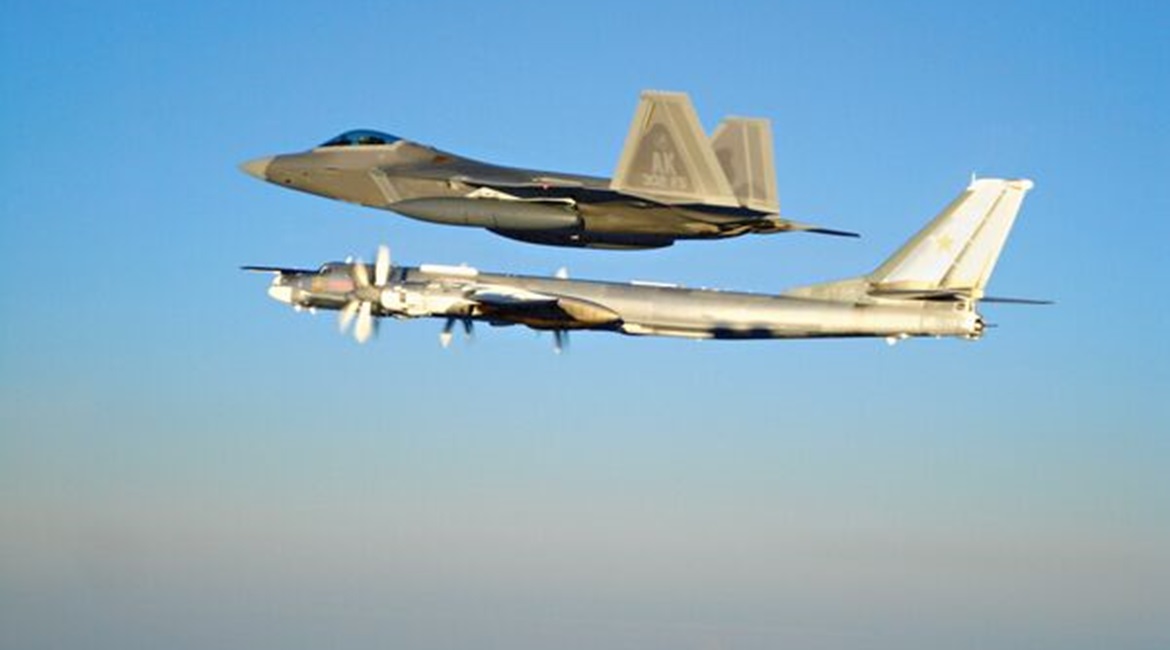
In a boost to interoperability, long-range Chinese and Russian bombers landed in each other's airbases for the first time, as part of a joint air patrol.
According to the Japanese Ministry of Defence (MoD), the drills began on the morning of 30 November. Two Chinese H-6K bombers were observed as they flew over the East China Sea.
“After passing through the Tsushima Strait, [the Chinese aircraft] advanced into the Sea of Japan [East Sea]. It was confirmed that it flew north towards the continent,” the MoD said in a statement.
“Around the same time, two presumed Russian aircraft flew southwards into the Sea of Japan [East Sea] before reversing and flying back towards the continent,” the Japanese MoD added. Information on the flightpaths appears to show the two Russian aircraft flying briefly along a parallel route of the Chinese aircraft. The flight prompted a substantial scrambling of air assets from the Japan Air Self-Defense Force (JASDF), the Republic of Korea Air Force (RoKAF) and the US Forces Japan.
South Korea's Joint Chiefs of Staff (JCS) issued a statement saying that it had deployed Boeing F-15K jets as an anticipatory measure against a potential unforeseen situation.
According to the JCS, the H-6K bombers “repeatedly entered and left” the Korea Air Defense Identification Zone (KADIZ), off the southern and northeastern coasts of South Korea at around 0550 h local time. Janes data states that the H-6K is the newest and primary variant of the H-6 bomber series in Chinese military service. The bomber may be capable of carrying DH-10 cruise missiles, and/or the KD-63 and KD-20 missiles, Janes data adds.
The Russian MoD confirmed on its official Telegram channel on 30 November that the Chinese bombers had landed in Russia. It did not specify the landing site.
Looking to read the full article?
Gain unlimited access to Janes news and more...